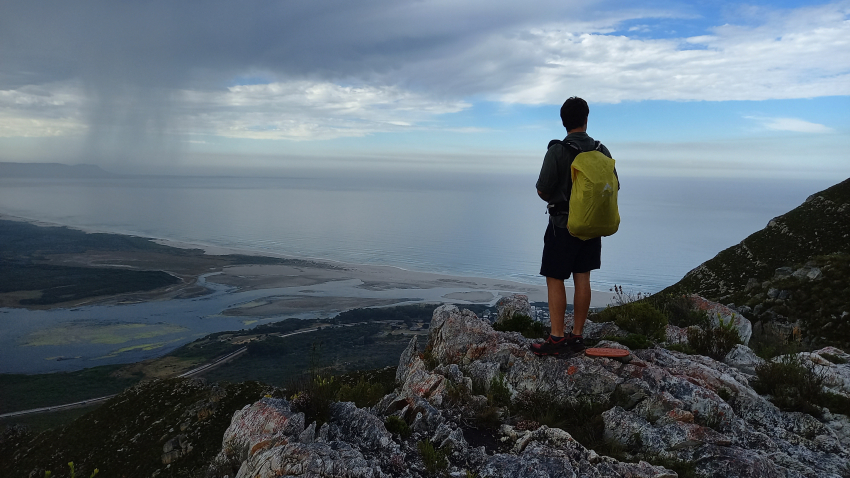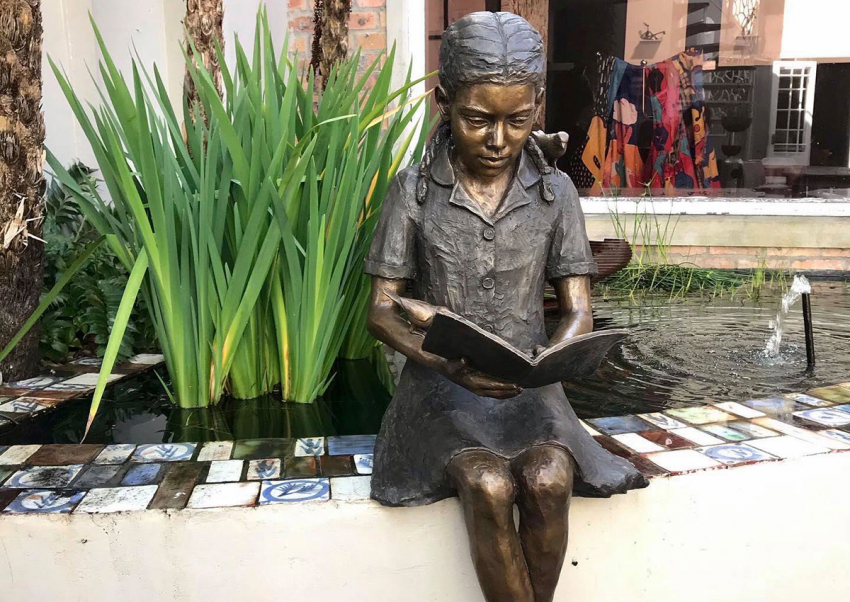In the year 1815 a lone Dutch teacher, aged 37 arrived in Table Bay and travelled with the first eastward-bound ox-wagon to Caledon. The name of this gentleman was destined to be honoured in his new country for many years to come.
The name of a town is sometimes based on myth. Books, magazines and newspaper articles attributed the name of Hermanus to myths that were circulating. Myths of a wandering shepherd called Hermanus Pieters or Peters or Petrus, of an itinerant teacher-cum-shepherd, and so on.
Many residents and/or Hermanus visitors may now no longer know that for more than half a century, the village was called Hermanuspietersfontein. In 1902 the then postmaster, a Mr Gift, found the long name too cumbersome, she chopped off the tail-end, changing the name to HERMANUS.
There were earlier grumblings to change the name to honour one of the pioneer settlers. The village might have become Hennsville or Patersonia or even Warringtondorp. When Hermanus received municipal status in 1904, the new name became official.
Acclaimed historian and Hermanus resident, Hercules Wessels, has done some in-depth research on the life of the man who gave Hermanus its name. He refuted the myth around this interesting man who discovered the spring and fishing spot, and spread the word to the parents of his pupils and other farmers.
Pieters came to South Africa at a time when Dutch-speaking farmers were unhappy about English as a medium of instruction in all government schools. They consequently imported their own teachers from Holland and Germany. Hermanus Pieters was based at the farm Boontjieskraal near Caledon. His erstwhile school is still on the old farm. Pieters married Maria Bester and they had one son, Piet, who later farmed at Avoca, near Gansbaai.
Although Pieters mainly taught at Boontjieskraal, one could also assume that he also served farms as far as Karwyderskraal, Afdak and Hemel-en-Aarde. That explains his reputation with the families Radyn, Gildenhuys, Beukes, Delport, De Kock and the Henns at Herriesbaai. He often spent school holidays at the spring where he fished and grazed his sheep. The place eventually became known as “Hermanus Pieters se Fonteyn”.
Pieters died a widower on 29 March 1837 at Boontjieskraal and is buried on the farm. He did not live to see the village that bears his name. Many of his descendants live in the Overberg and a good number in Hermanus one of whom is Jacobus Hermanus (Kosie) Pieters, retired bank manager of First National Bank, a Hermanus resident.
Article extracted from SJ du Toit – Whale Capital Chronicles I.
Should you wish to use any of her stories please contact SJ du Toit directly.
 |
 |
 |




























